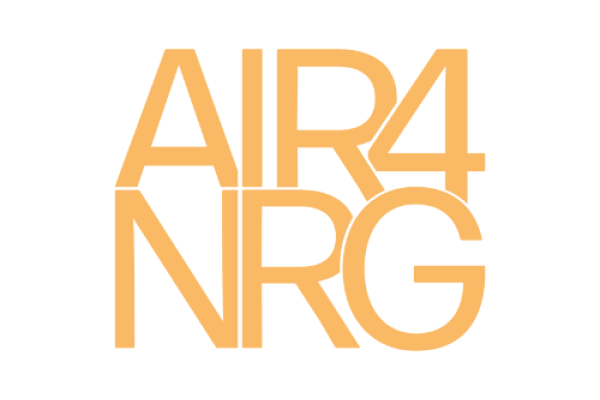
Air4Nrg
The main objective of the Air4NRG project is to develop an innovative, efficient and sustainable energy storage solution based on compressed air, namely a plug-and-play 40ft standard container, designed following grid and energy management system (EMS) integration requirements, and validated in a relevant environment, achieving TRL5 by the end of the project.

XL-Connect
The overall project objective is to optimize the entire charging chain - from energy provision to the end user - to create a clear benefit for all stakeholders. Therefore, a ubiquitous on-demand charging solution based on an optimised charging network considering human, technical and economic factors along the entire charging chain shall be developed. The project will study how people use electric vehicles and analyse the energy system and power grid to understand how they will behave in the future. This research will help predict the actions of electric vehicle owners and companies that use electric vehicle fleets, and will identify any problems in the electric grid and energy system.

WHEEL
WHEEL project goes beyond the state-of-the-art in multiple topics related to floating wind in its pathway towards large scale commercial projects. WHEEL will break ground in multiple related but independent aspects: test an advantageous wind turbine configuration unprecedented in floating wind, innovating and testing new-generation synthetic materials for the mooring system, developing and testing new patented floating control strategies or designing patented solutions for on-site large corrective maintenance of floating wind turbines. These solutions have been conceived to address the requirements and opportunities of floating energy industrial production, installation, and operation.

TRANSENSUS LCA
TranSensus LCA aims to harmonise a single LCA approach for zero-emission road transport in Europe. Objectives include developing a real-data LCA approach, harmonising methodologies, and managing LCI data. Implementation involves conceptualising a consensus LCA, conducting tests, and seeking stakeholder consensus. Expected impacts include transparency, informed consumer choices, contribution to SDGs, market transformation, and informing policies for reduced environmental impact.
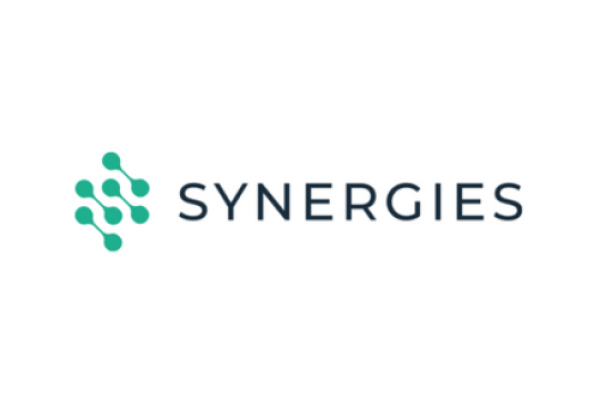
SYNERGIES
The SYNERGIES project aims to create a reference Energy Data Space Implementation to facilitate data-driven innovation and sharing across the energy value chain. It focuses on leveraging data from diverse energy actors and sectors to improve efficiency and inclusiveness. The project will involve activities such as diagnostics, technology configuration, deployment, and business innovation planning. Measurable outcomes include increased revenues from data-driven services, consumer empowerment in energy transactions, CO2 emissions reduction, and the creation of a new market for data-driven services.
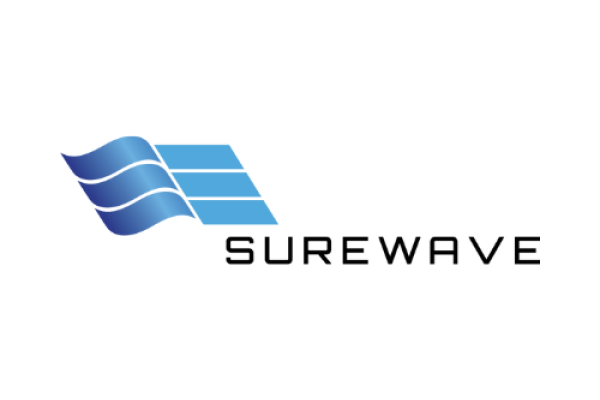
SUREWAVE
SUREWAVE will develop and test an innovative concept of Floating Photo-Voltaic (FPV) system consisting of an external floating breakwater structure acting as a protection against severe wave-wind-current loads on the FPV modules, allowing increased operational availability and energy output, thus unlocking the massive deployment of Offshore FPV.
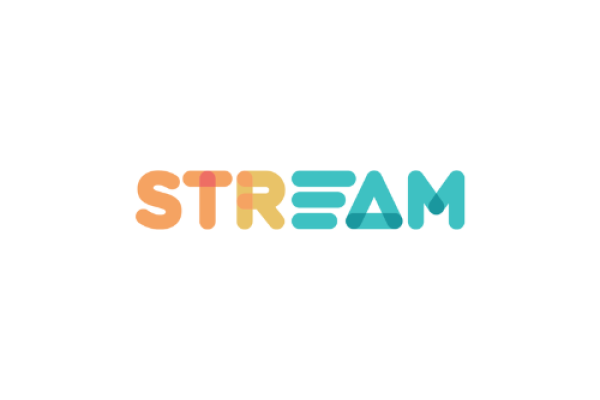
STREAM
The ambition of the STREAM project (STREAM) is the creation of an innovative and robust flexibility ecosystem on the low voltage (LV) grid side of existing power markets. The success of the STREAM ecosystem relies on the benefit realized through the new business models developed in project, built upon local LV flexibility markets and novel barter-like mechanism. STREAM will connect data, technologies, stakeholders and markets on the one hand, and will facilitate the flexibility provision through open data sharing to enable other citizen services designed through a User-centric Approach to improve their acceptance and uptake, providing a variety of energy services supporting power markets.

SiC4GRID
SiC4GRID is a 42-month innovation action project funded by the European Union under the Horizon Europe programme. The project aims to optimise silicon carbide (SiC)-based technology for converter applications by driving threefold innovations across hardware, software, and IoT. Its objectives include reducing costs and size, as well as lowering CO2 emissions. Ultimately, SiC4GRID seeks to position Europe as a global leader in converter technology, facilitating the integration of renewable energy into the power grid.
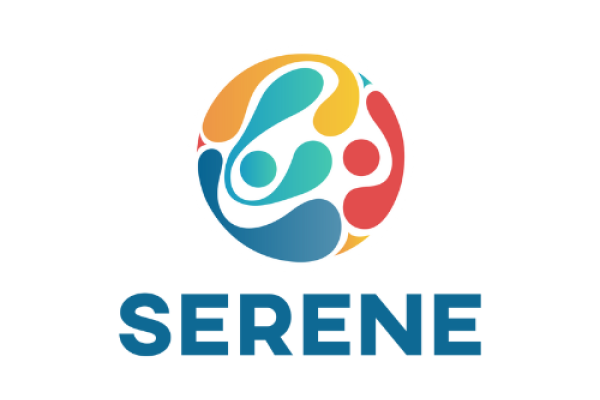
SERENE
The SERENE project aims to develop and demonstrate sustainable, integrated, and cost-effective energy solutions tailored for local communities. It focuses on integrating various energy carriers and renewable generation technologies based on the communities' current social and technical conditions to meet future energy needs. Active user involvement is central, ensuring they are informed about technical options and business models to support decision-making. Depending on the location, the project incorporates energy storage, demand response systems, electric transportation (e.g., EVs and buses), heat pumps, and photovoltaic energy sources to enhance flexibility and sustainability.

SCARLET
Superconducting medium-voltage cables, utilizing HTS and MgB2 materials, offer a promising solution for transmitting renewable energy to the grid. Onshore HTS cables offer a compact design, preserving the environment and minimizing land use. Offshore HTS cables reduce costs and eliminate the need for large converter stations. MgB2 cables, paired with liquid hydrogen transport, introduce a dual-energy approach. Both HTS and MgB2 MVDC cables will be developed and tested, along with fault current limiters, aiming to reduce LCOE for offshore windfarms by 30%, lower total costs by 15%, enable simultaneous transfer of 0.5 GW H2 and 1 GW electric energy with cables of 90 GW transmission capacity.


